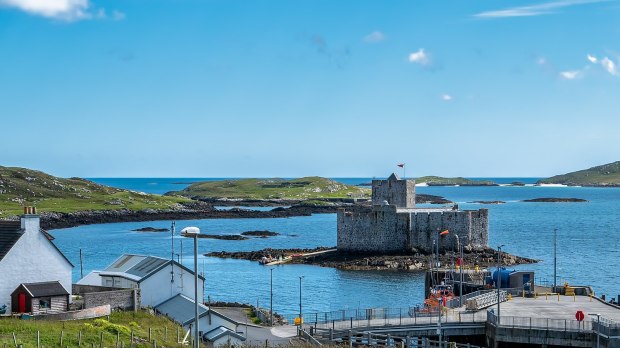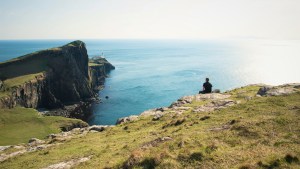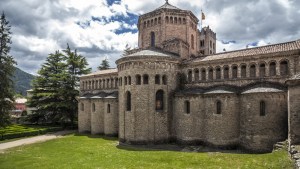When we think of the British Isles and Catholicism, Ireland surely comes to mind. Yet, not many of us may know that Scotland hosts an archipelago where on some islands the majority of the population is Catholic: the Hebrides Islands.
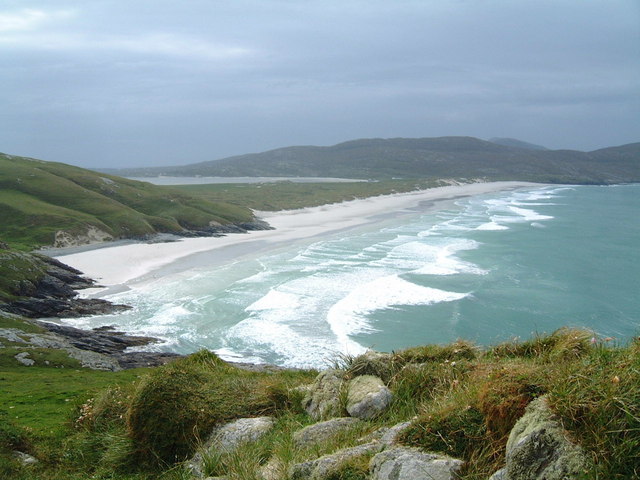
Located off the West coast of Scotland, these islands, divided between the 36 islands that make up the Outer Hebrides and the 100 islands of the Inner Hebrides, have been inhabited since Mesolithic times, and their people have strong Celtic, Norse and Scottish roots. While most people living on these islands are Protestants, there is a notable exception. The southern islands of the Outer Hebrides have been inhabited by Catholics for centuries. They are considered by historians as the last bastions of “native pre-Reformation Scottish Catholicism” with the isle of Barra known as “the island the Reformation did not reach.” Before the Reformation, which happened in the 1560s, Scotland was indeed fervently Catholic. The reformist action of preachers like George Wishart and John Knox successfully converted most Scots. But on the southern islands of the Outer Hebrides, people did not give up on their Catholic faith. It is estimated that today that the vast majority of people in the islands of South Uist, Barra, Eriskay and Vatersay are Catholic.
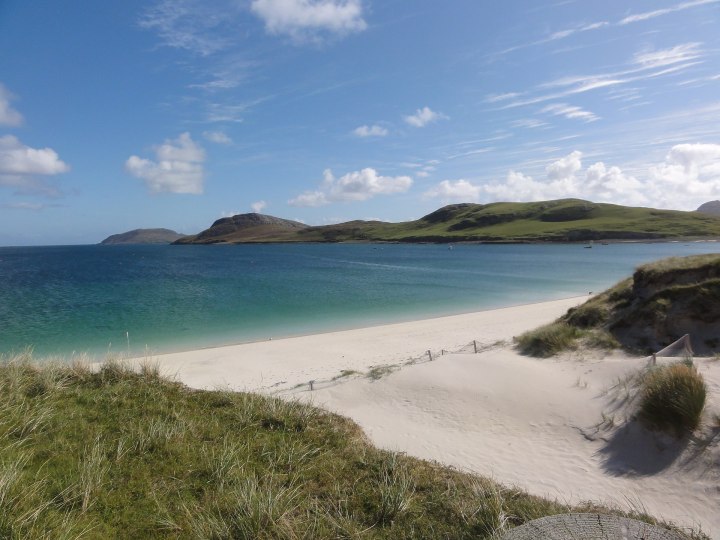
Indeed, life on these beautiful islands seems like it has been frozen in time. People live a simple, communal lifestyle centered around fishing, crofting, trade and religion. Visitors are often attracted by the grounding and peaceful atmosphere that can be enjoyed among rocky cliffs, green fields and white-sand beaches.
Because of the long-standing history of Catholicism in these islands, they are home to some unique cultural expressions, such as Gaelic psalm chanting. This very moving chanting style, done only by singers without instruments, works according to a technique called “lining out,” where the leader of the performance sings a line and is then followed by all the others singers singing the same line but with their own take on the melody. The end result is a beautiful sound reflecting the different ways that each believer expresses his or her faith through chanting. A strong fishing tradition, along with crofting, is what makes up the bulk of the Hebrides economic life. Fishing is so central to these islanders’ identity that each year they hold a
where they bless fishing boats.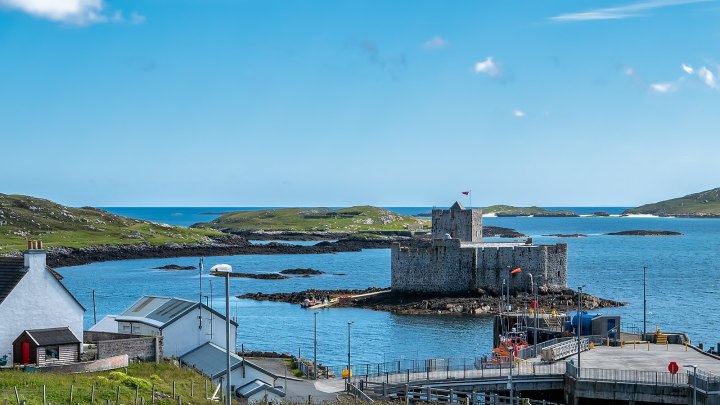
The presence of Catholicism can be felt in every town of the Southern Hebrides, but it is perhaps when visiting the island of South Uist that Catholic faith is most evident. On top of the highest summit of the island, a 30-foot tall white granite statue of the Virgin Mary stands towering over the emerald and blue waters of the Northern Atlantic Ocean. The statue, called “Bana Thighearna nan Eilean”’ (‘Our Lady of the Isles’), was built in 1957 as a symbol of the islanders’ opposition to the construction of a missile-building facility in the area. Locals thought that building a military operation compound on South Uist would have destroyed much of the isles’ centuries-old way of life. Canon John Morrison led the protest against this initiative and commissioned the construction of “Our Lady of the Isles,” whose traits were modeled after those of local women, positioned as to face the future missile building facility.
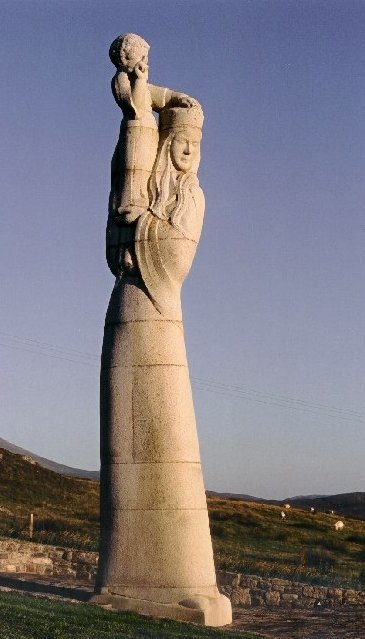
The Southern Hebrides are best enjoyed between late April and the end of June, when days get really long and rain is scarce. Summer is when most festivals, including Gaelic music festivals, take place. While the remoteness of the islands is what keeps their authentic culture alive, visitors will be pleased to know that with a little planning they are easy to reach from the Scottish mainland. Some islands, like Islay, Tiree and Colonsay, can be reached by plane, while others are easily reached via the iconic black and red ferry boats by Caledonian MacBrayne, also known as Calmac.
